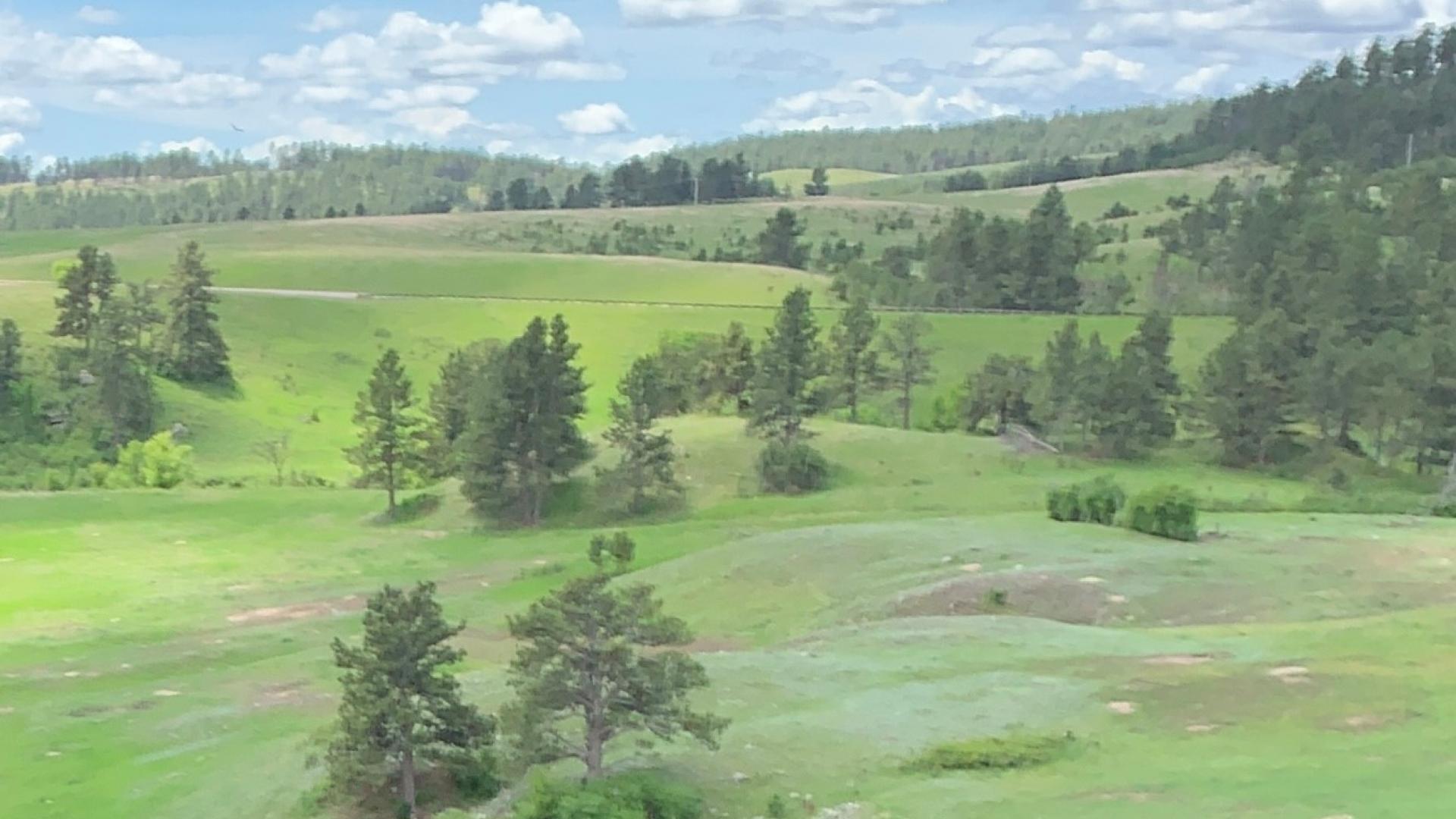
- Body
Both the US Forest Service (USFS) and the Bureau for Land Management (BLM) issue permits to livestock producers. These permits allow ranchers to use specific areas of public rangelands called grazing allotments to support livestock herds. Ranchers must meet two basic requirements to qualify for a federal grazing permit:
Base Property: First, ranchers must own private land capable of supporting a livestock operation. This is called a “base property.” Base properties are specifically linked to a grazing permit; in order to maintain a grazing permit, a rancher must also maintain control over the base property associated with it. If a base property is taken out of livestock production, the allotment can be linked to a different base property.
Livestock Ownership: The USFS requires ranchers to own the livestock they plan to graze on public lands. The BLM allows ranchers to graze both their own livestock and livestock they lease from others. When grazing leased livestock, the grazing fee is higher.
Once a rancher qualifies for a grazing permit, they must pay annual grazing fees and manage their livestock consistent with federal regulations and the management plan and operating instructions specific to the grazing allotments for which they hold permits. Ranchers can lose their privilege to graze on public lands if they fail to pay their annual grazing fees or if their management fails to meet the standards set by the USFS or BLM. Generally, ranchers are required to maintain all ranch infrastructure on public lands, including fencing and water systems, as well as follow grazing schedules set each year in collaboration with agency personnel. They may also be required to meet other management requirements, such as special management for wildlife and endangered species. Finally, grazing is only one use of public lands. The management of livestock may be altered or reduced to ensure other uses such as recreation, hunting, and wilderness are maintained.
Additional Links
- Bureau of Land Management: Livestock grazing on public lands overview page. https://www.blm.gov/programs/natural-resources/rangelands-and-grazing/livestock-grazing
- BLM Public Land Statistics https://www.blm.gov/about/data/public-land-statistics
- Forest Service and Bureau of Land Management Grazing Administration Requirements and Processes: Term Grazing Permit Administration Comparison
- USDA Forest Service Grazing Statistical Summary Report